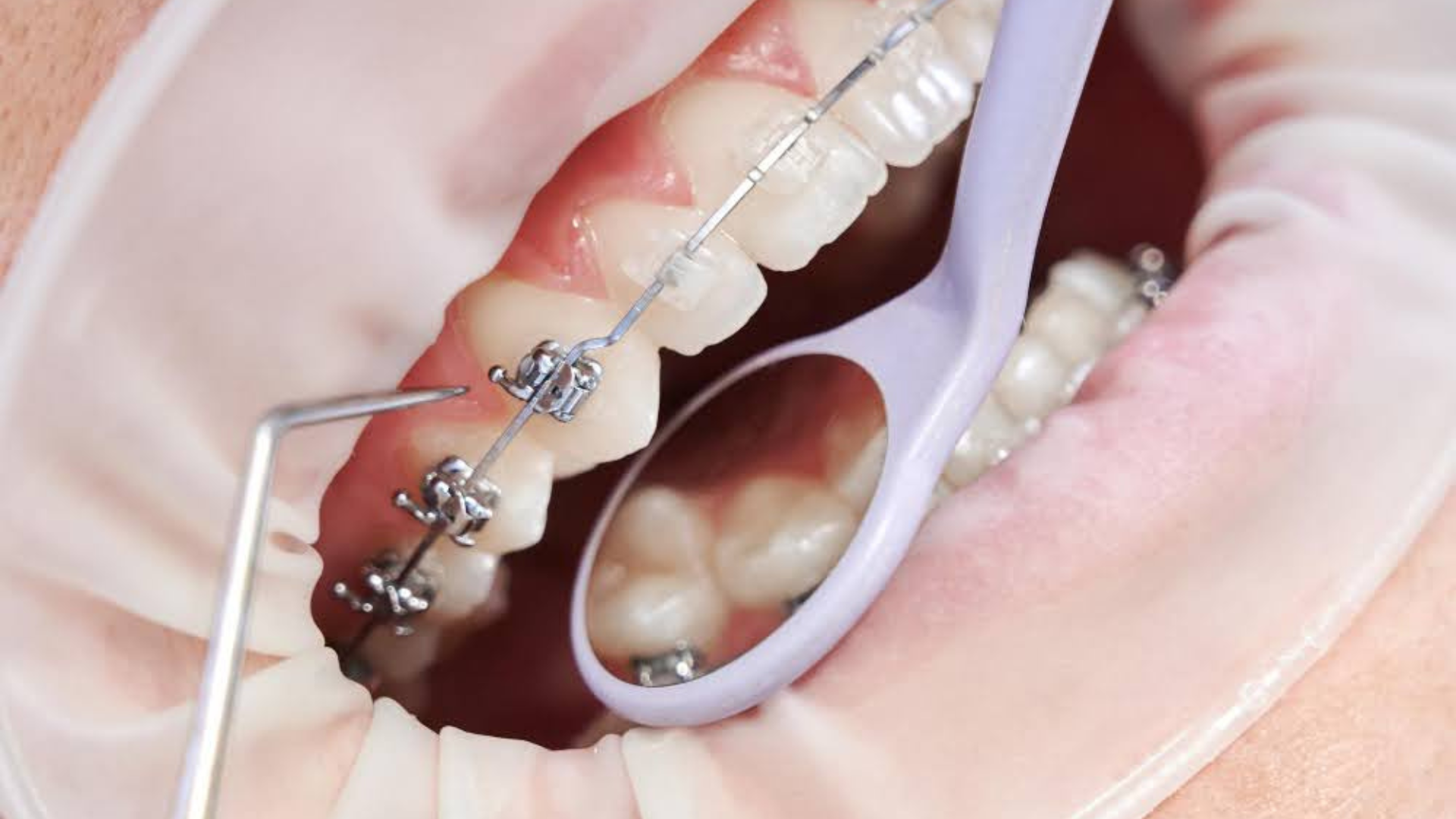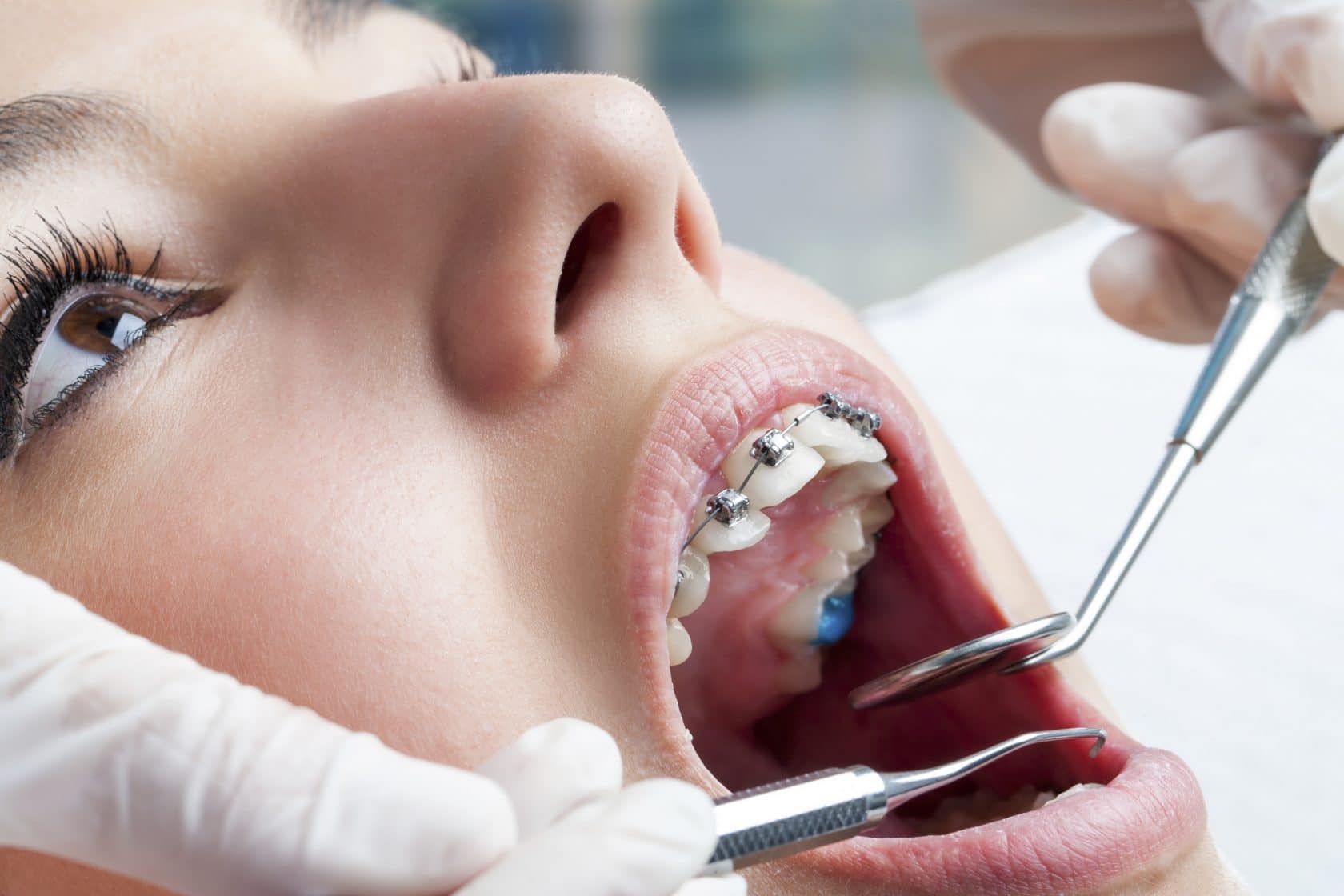Finding the Right Cumming Orthodontist for Your Braces and Aligners Requirements
Finding the Right Cumming Orthodontist for Your Braces and Aligners Requirements
Blog Article
Comprehensive Guide to Orthodontics Treatments for Dealing With Dental Imbalances
In the realm of orthodontics, the journey to attaining a completely straightened smile entails a myriad of procedures tailored to deal with dental misalignments. From traditional braces to unseen aligners and even medical options, the field of orthodontics offers a range of services to attend to varying degrees of dental abnormalities. Comprehending the intricacies of each treatment, including their devices, advantages, and prospective drawbacks, is essential in making notified decisions about one's orthodontic therapy. As we browse via the thorough overview to orthodontic procedures for fixing dental imbalances, the detailed details of each method will certainly unravel, dropping light on the course towards a practical and harmonious oral alignment.
Orthodontic Procedures Introduction

Normal adjustments and tracking are vital parts of orthodontic therapy to make certain development is on track and to make any essential modifications along the way. By undergoing orthodontic treatments, patients can not just accomplish a straighter smile however additionally enhance their overall dental health and feature.
Traditional Dental Braces: Just How They Function
When considering orthodontic treatments for dental imbalances, conventional dental braces stand apart as a reliable method for remedying teeth positioning. Conventional dental braces contain braces, cords, and bands that interact to apply continuous pressure on the teeth, gradually moving them into the wanted placement. The braces are affixed to the teeth making use of a special adhesive, and the wires are threaded with the brackets. By changing the tension of the wires, orthodontists can control the instructions and pressure put on each tooth, directing them into proper positioning in time.
As pressure is used to the teeth via the dental braces, the bone surrounding the teeth is reshaped to support the new tooth placements. Individuals will require regular changes at the orthodontist's office to guarantee the braces continue to apply the appropriate stress for efficient teeth movement.
Unnoticeable Aligners: Benefits And Drawbacks
These clear, personalized trays are basically unnoticeable when worn, making them an enticing option for people seeking a more visually pleasing orthodontic treatment. Patients can get rid of the aligners prior to consuming or cleaning their teeth, lowering the danger of food obtaining stuck Discover More in the device and simplifying the cleaning process.

Surgical Orthodontic Options
Surgical interventions in orthodontics existing sensible alternatives for addressing complex dental misalignments that might not be successfully fixed via traditional orthodontic therapies. While conventional dental braces and unnoticeable aligners can fix many orthodontic problems, particular situations require medical intervention to attain ideal results. Surgical orthodontic choices are commonly advised for extreme malocclusions, substantial jaw discrepancies, and cases where the underlying bone structure requires modification to achieve proper placement.
One common surgical orthodontic procedure go now is orthognathic surgical procedure, which entails rearranging the jaws to deal with functional problems such as problem chewing or talking. This surgery is often executed in cooperation with an orthodontist who aids align the teeth prior to and after the treatment. Surgical orthodontics may also include treatments to reveal influenced teeth, remove excess periodontal cells, or improve the jawbone to produce an extra unified face account.
Before taking into consideration surgical orthodontic alternatives, patients undergo a comprehensive assessment to identify the need and potential benefits of such interventions. cumming braces. While surgery may seem daunting, it can dramatically enhance both the feature and aesthetic appeals of the smile in instances where conventional orthodontic therapies drop short
Retainers and Post-Treatment Treatment

Failure to conform with post-treatment care directions can result in regression, where the teeth slowly move back in the direction of their original placements. Consistent retainer wear, excellent dental hygiene, and regular oral exams are important for maintaining the outcomes accomplished through orthodontic surgical procedure and making sure the long-term stability of the fixed dental positioning.
Final Thought
In conclusion, orthodontic treatments provide various alternatives for fixing oral imbalances. Surgical orthodontic alternatives are offered for much more severe misalignments. On the whole, orthodontic treatments can effectively enhance oral health and wellness and visual look.
As we browse with the comprehensive guide to orthodontic treatments for remedying dental misalignments, the intricate details of each method will certainly unravel, shedding light on the course towards a unified and useful oral positioning. - invisalign
One of the most typical orthodontic treatments is the use of dental braces, which are composed of metal braces and cables that apply gentle pressure to gradually change teeth into the preferred position.When thinking about orthodontic treatments for oral imbalances, standard braces stand out as a tried and true approach for dealing with teeth positioning. In addition, unseen aligners might not be appropriate for complicated orthodontic issues that require more substantial teeth movement, as they are normally advised for moderate to modest cases. Retainers are personalized orthodontic tools designed to hold teeth in their corrected placements after the completion of orthodontic therapy.
Report this page